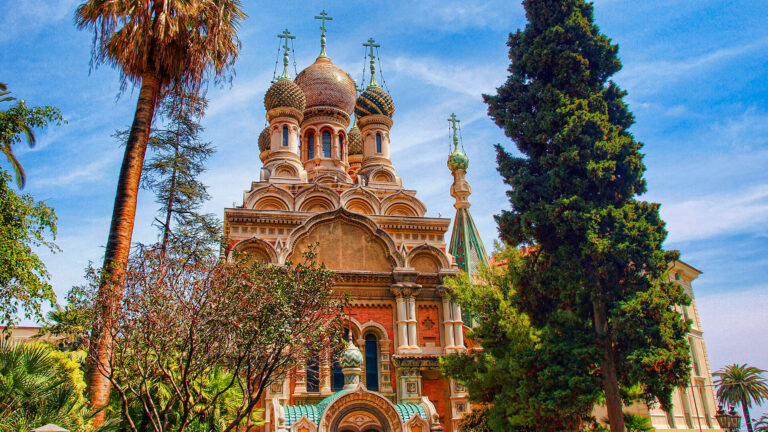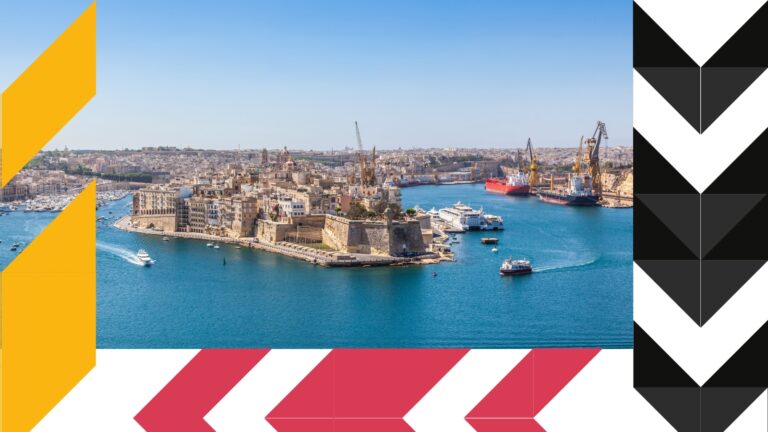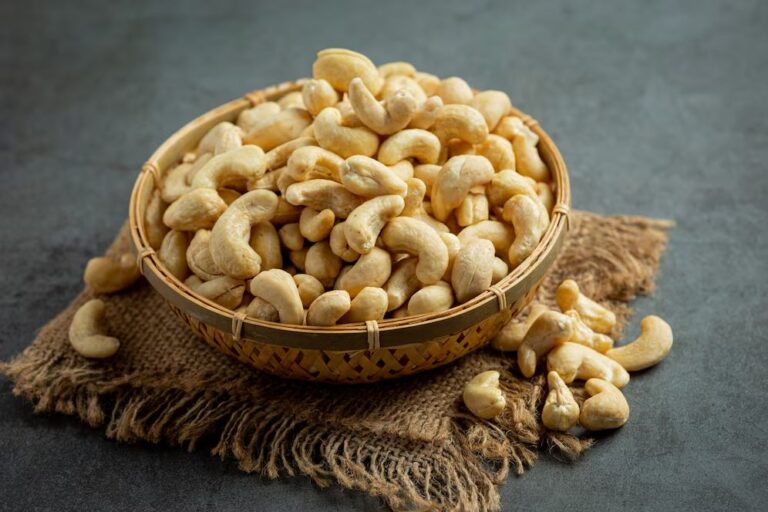The Russian Orthodox Church offers a profound glimpse into a world where faith intertwines with daily existence, shaping the lives of millions. As one of the major branches of Eastern Orthodoxy, the traditions of the Russian Orthodox Church encompass unique rituals and customs that are deeply rooted in the culture and identity of the Russian people.
With its origins tracing back to the baptism of Prince Vladimir in 988 AD, this religious institution has woven itself into the very fabric of Russian life, resonating through the ages.
From sacred ceremonies to significant holidays, the Russian Orthodox celebrations embody a rich tapestry of beliefs and practices, each vital for nurturing a communal and spiritual experience.
Key Takeaways
- The Russian Orthodox Church began with the baptism of Prince Vladimir in 988 AD.
- Iconography plays a central role in worship and the expression of faith.
- The Divine Liturgy serves as the core of Russian Orthodox rituals.
- Community and shared experiences are vital aspects of Russian Orthodox celebrations.
- Holy Sacraments represent the foundational elements of the faith, crucial for believers.
- Every ritual and ceremony reinforces a deep connection to cultural identity within the community.
Understanding the Foundations of Russian Orthodox Customs
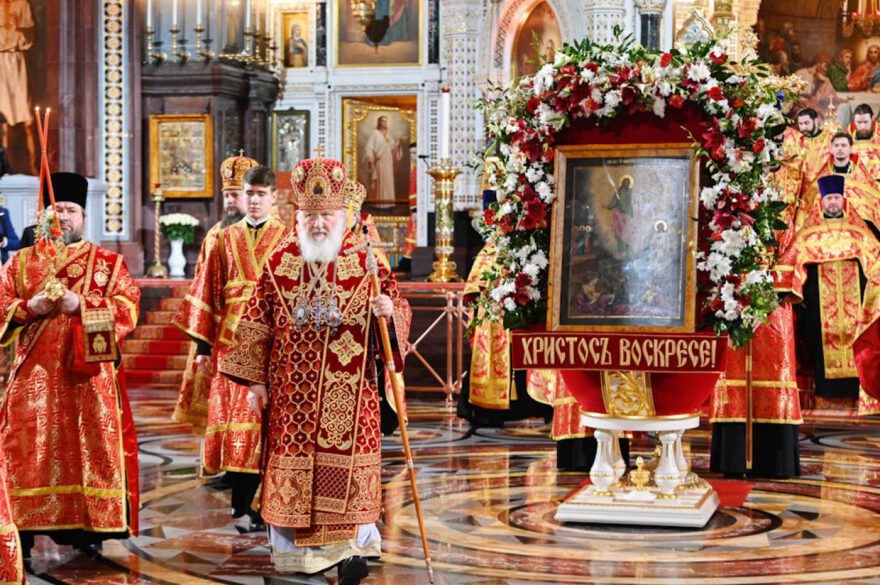
The rich tapestry of Russian Orthodox customs is deeply intertwined with the historical roots of Russian Orthodoxy. Understanding this connection sheds light on how the Church has shaped not only religious practices but also the cultural identity of Russia.
The Historical Roots of Russian Orthodoxy
Russian Orthodox history extends back to the pivotal moment in 988 AD when Prince Vladimir of Kiev adopted Christianity as the state religion. This crucial decision laid the groundwork for the foundations of Orthodox Christianity in Russia.
The Church played a vital role during the turbulent times of the Mongol invasions, serving as a beacon of faith and cultural continuity. In the centuries that followed, Moscow emerged as a significant center of Orthodox Christianity, positioning itself as the “Third Rome” and solidifying the Church’s influence in both governance and community life.
The Role of the Russian Orthodox Church in Culture and Identity
The Russian Orthodox Church remains integral to Russian culture and identity. Its traditions and customs are celebrated widely, with major events like Easter and Christmas transcending religious significance to become national celebrations.
This involvement promotes a sense of unity among the people. Strong ties between the Church and state influence various aspects of Russian life, including politics, art, and education, reinforcing the unique moral and social fabric of the community.
| Aspect | Importance |
| Historical Adoption of Christianity | Foundation of Russian Orthodox customs |
| Role During Mongol Invasions | Maintaining cultural identity |
| Moscow as the Third Rome | Significance in Orthodox Christianity |
| Cultural Celebrations | Unity and community bonding |
Traditions of the Russian Orthodox Church – Rituals, Celebrations and Customs
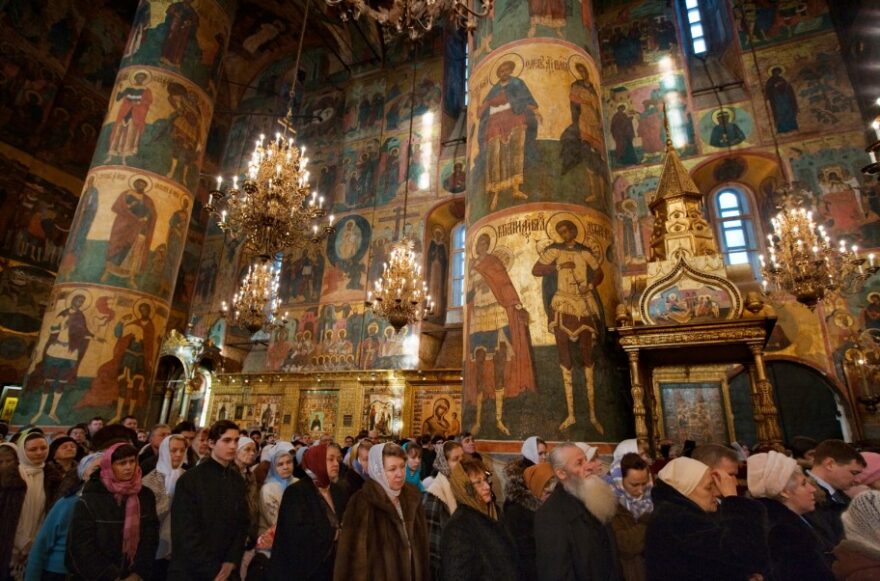
The Russian Orthodox Church is rich with customs, celebrations, and sacramental rituals that play a central role in the spiritual lives of its followers. Understanding these elements offers a window into the significance of faith in daily life and the community. This section explores the Seven Holy Sacraments, major celebrations, and daily worship practices within the church.
The Seven Holy Sacraments
In Russian Orthodoxy, the Seven Holy Sacraments, known as ‘mysteria,’ provide a transformative experience for believers. These sacraments are Baptism, Chrismation, Eucharist, Penance, Anointing of the Sick, Matrimony, and Holy Orders. Each sacramental ritual represents a crucial step in one’s spiritual growth:
- Baptism ─ Administered usually to infants, marking the beginning of the Christian journey.
- Chrismation ─ Follows baptism, affirming and strengthening one’s faith.
- Eucharist ─ Celebrated often on Sundays, symbolizing communion with Christ through a sacred meal.
- Penance ─ Offers believers an opportunity for confession and reconciliation with God.
- Anointing of the sick ─ Provides spiritual healing and comfort to the ill.
- Matrimony ─ Blesses the union of couples, sanctifying their love and commitment.
- Holy orders ─ Bestows clergy with the authority to serve the church and its congregation.
For further exploration of Russian Orthodox traditions and their significance, you may visit russiansobor.org.
Key Russian Orthodox Celebrations and Holidays
Key celebrations within the Russian Orthodox Church are deeply embedded in the faith’s traditions. Major holidays like Pascha (Easter) and Nativity (Christmas) honor significant aspects of Christian belief and foster community among parishioners:
| Celebration | Date | Significance | Unique Rituals |
| Pascha | Variable (Spring) | Celebration of Christ’s Resurrection | Midnight services, breaking of the fast with festive meals |
| Nativity | December 25 | Birth of Jesus Christ | Family gatherings, special liturgical services |
| Feast Days | Varies | Honoring specific saints | Special prayers, communal meals |
Daily Worship Practices and Customs
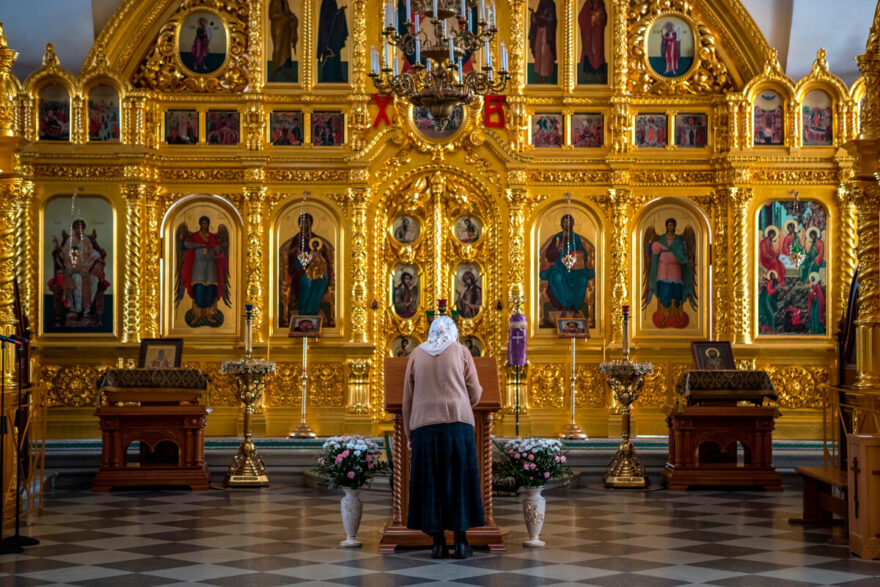
Daily practices in Russian Orthodox worship involve a variety of customs that enrich spiritual life. Believers engage in prayer, veneration of icons, and attendance at the Divine Liturgy:
- Prayer ─ Personal and structured, including both formal and spontaneous prayers.
- Veneration of icons ─ Acknowledges the presence of Christ and the saints in everyday life.
- Divine liturgy ─ Mainly conducted on Sundays and feast days, providing a communal worship experience.
- Physical gestures ─ Actions like the sign of the cross and bowing are integral to worship, reflecting respect and reverence.
Conclusion
In summary, the traditions of the Russian Orthodox Church are integral to understanding its enduring role within the cultural and religious framework of Russia. By examining the historical roots and the sacramental life that shapes its practices, you gain valuable insight into how these customs contribute to a collective identity among millions of believers.
From meaningful holidays to daily worship, each aspect of these rituals underscores the significance of the Church in contemporary society.
FAQ
What are the main traditions of the Russian Orthodox Church?
The main traditions include the Seven Holy Sacraments, the observance of key holidays such as Pascha (Easter) and Nativity (Christmas), and daily worship practices involving prayer and the veneration of icons.
How did the Russian Orthodox Church influence Russian culture?
The Russian Orthodox Church has been instrumental in shaping cultural identity through its rituals and celebrations, integrating spirituality into various aspects of daily life, art, and national identity.
What role do the Seven Holy Sacraments play in Russian Orthodox practices?
The Seven Holy Sacraments are foundational to Russian Orthodox faith, encapsulating essential spiritual experiences and marking significant moments in a believer’s journey, such as Baptism, Eucharist, and Matrimony.

